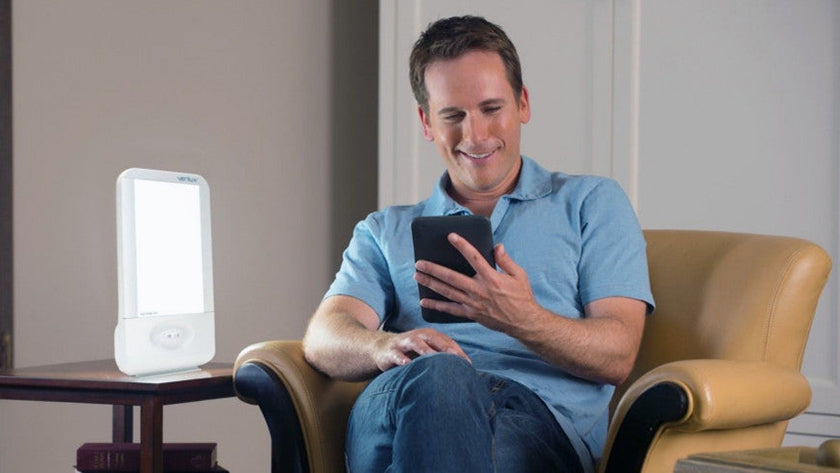
Light Therapy Health Benefits
Search
Light therapy uses bright light to motivate natural processes within the body that are restricted due to lack of light. The effective amount of light output used for light therapy should be a minimum of 10,000 lux at a distance of 12" from the light source. There is also a belief that 5,000 lux over a longer period may yield similar results.
Light therapy is used to treat seasonal mood disorders such as seasonal affective disorder (SAD), and symptoms caused by the winter blues. Light therapy has also been shown to be effective for sleep phase disorders, circadian disturbances, and other conditions such as bi-polar disorder and ADD/ADHD attention deficit disorders. Light therapy is not a miracle cure, but rather is the simple process of providing enough light of the correct spectrum to the eye's retina to cause hormone shifts that are normal physiological changes of the human body as a response to sunlight.
One great thing about light therapy is its non-invasiveness, which is usually not the case for all drugs. It is extremely beneficial for patients who have fear of needles, or don’t like the idea of surgery, as there’s nothing more pain-free than having to stand under a LED light for a couple of minutes.
Light can be effective in specific wavelengths, with different organisms responding to different frequencies. Ultraviolet light is proven to work against several kinds of pathogens. In addition, lasers are also capable of affecting molecular structure. Studies have shown that alternating light and dark periods result in plant growth, leading to fruiting and flowering.
Light is also shown to affect Circadian rhythms in humans. In fact, giving patients a set amount of light everyday can help them sleep better and stay awake when they have to—a better option, compared to tranquilizers. It also spells advantages for those who regularly suffer from jet lag.
It seems that drugs can take a backseat to light therapy, which is turning out to be a cost-effective alternative to having to drop by the pharmacy. Light therapy also plays a role in treating psychiatric disorders, such as seasonal affective disorder (SAD). Seasonal affective disorder causes depression in individuals, and is usually caused by a lack of light. The natural treatment for this would be light exposure.
Because of its effectivity, light therapy is also used to treat a variety of skin diseases, such as eczema. The advantage of using light therapy is that it generally yields better results than drug-based treatments. If you need immediate relief from conditions like psoriasis, or depression, and even jet lag— simply standing under the right light for a certain amount of time can be of immense help.
Explore Topics

Shopping Ideas
Trending
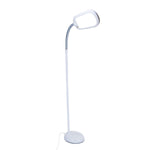
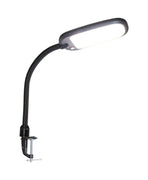






















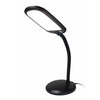







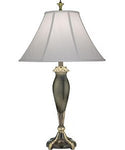

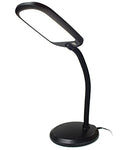



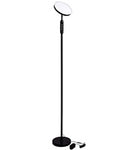

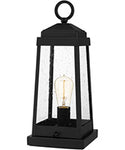
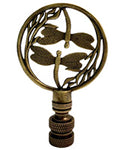
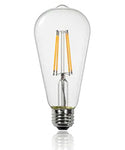
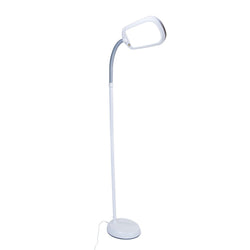
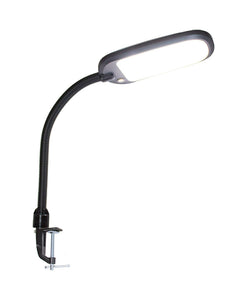
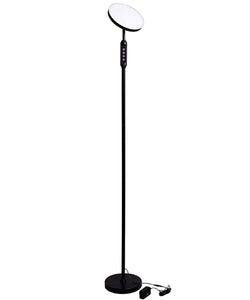

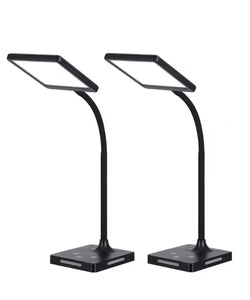
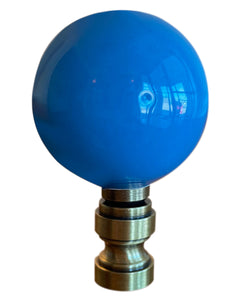

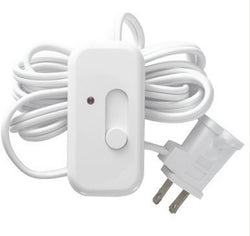
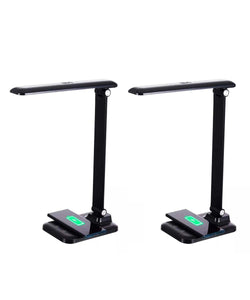
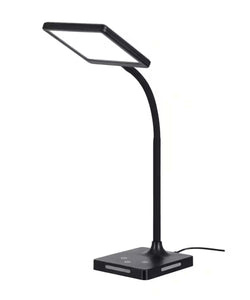




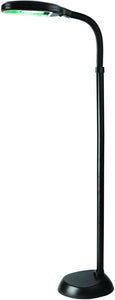

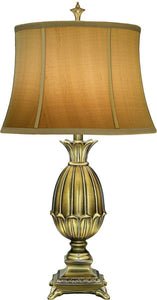


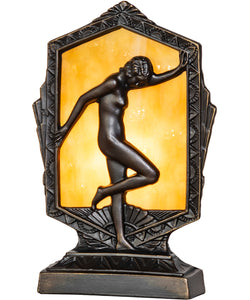
Comments